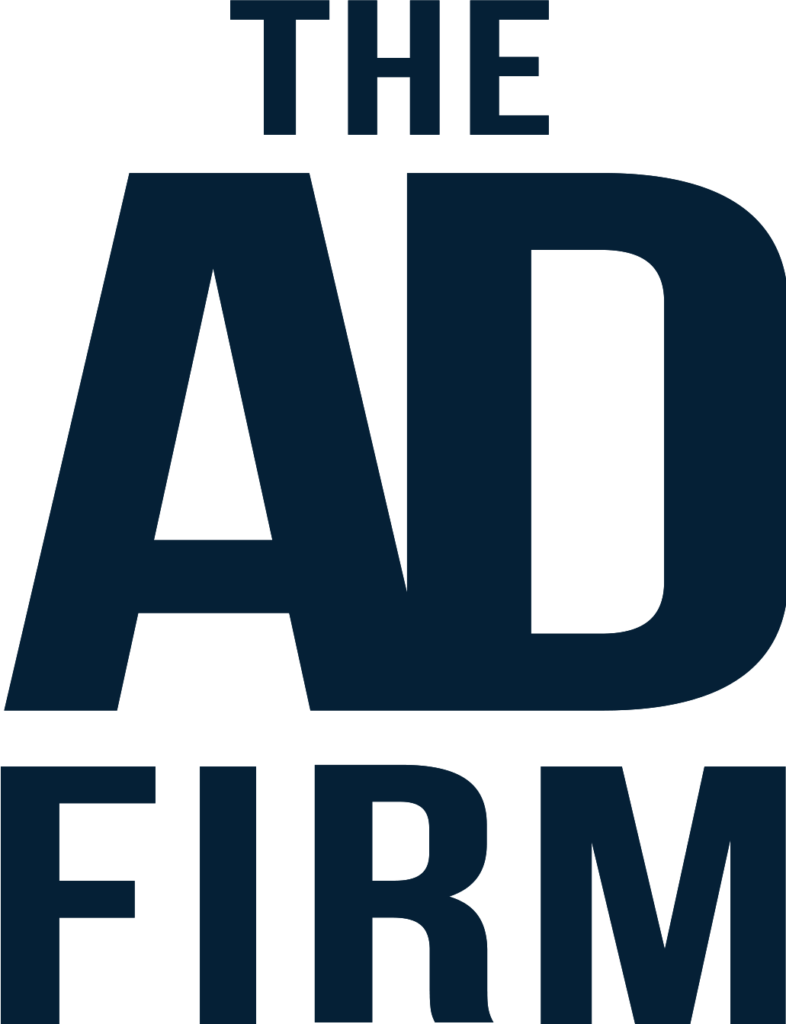Topical clusters represent a strategic organization of content that revolves around a main subject and its related subtopics, designed to enhance SEO performance. Creating a network of interlinked articles or pages signals the depth of coverage and expertise on a subject to search engines, thereby improving a website’s authority, relevance, and search rankings.
As the need to be more visible in the digitally driven market is evident, tropical clusters are a great way to cut through the saturated SEO landscape. In this blog, we’ll learn more about them and how tropical clusters actually improve SEO.
Understanding Topical Clusters
Topical clusters consist of a central “pillar” page that broadly covers a topic, surrounded by “cluster” pages that delve into specific aspects of that topic. The pillar content is a hub, linking to and from each cluster content page. This architecture helps users navigate related content easily and allows search engines to efficiently crawl through the interconnected content, understanding the thematic relationship between pages. The result is a more organized website that can be a go-to resource for specific topics, reflecting a clear, structured approach to presenting information.
Even the best SEO company understands that the beauty of topical clusters lies in their dual focus: improving user experience and enhancing a site’s SEO profile. For users, the clear, interconnected paths through related content make it easier to find comprehensive information on a topic. This structured content presentation for search engines demonstrates the site’s authority on a subject, encouraging higher rankings. By addressing both audience engagement and search engine algorithms, topical clusters offer a powerful strategy to stand out in a crowded digital space.
Benefits of Topical Clusters for SEO
Topical clusters do more than just organize your content; they transform your SEO strategy, making your site more visible and authoritative in search engine eyes. Let’s explore the tangible benefits they bring to your SEO efforts.
Improved Topical Authority and Relevance
When you adopt topical clusters, you essentially build a comprehensive library on specific subjects, showcasing your depth of knowledge. This richness of content signals to search engines that your site is a credible source of information, elevating your authority on the subject. Moreover, by thoroughly covering a topic, you ensure that various search queries related to the subject lead back to your site, improving your overall relevance in search results. This strategy moves you beyond the limitations of single keywords, allowing your content to answer a broader range of questions and meet the searcher’s intent more effectively.
Better User Experience and Engagement
A well-structured topical cluster strategy directly impacts user experience by making information discovery intuitive and seamless. Visitors find what they’re looking for—and more—without frustration or needing to return to search results. This enhances the user’s journey through your site and significantly reduces bounce rates as visitors are encouraged to explore related topics further. The result is a more engaged audience that spends more time on your site, interacts more with your content and is more likely to convert—whether that means making a purchase, signing up for a newsletter, or simply viewing more pages.
Higher Search Engine Rankings
Topical clusters enrich your site’s content and user experience, leading to higher search engine rankings. Let’s break down how this happens:
- Comprehensive Coverage: By covering a topic in-depth, your site becomes more relevant to various search queries.
- Structured Interlinking: Effective internal linking within clusters helps distribute page authority and improves crawlability, making it easier for search engines to index your content.
- Enhanced User Signals: As users spend more time on your site, navigating through interlinked content, search engines take note of these positive engagement signals.
As mentioned, websites can bolster user engagement and search engine visibility by integrating topical clusters. Comprehensive coverage and structured interlinking emphasize content relevance, fostering a seamless browsing experience that results in higher rankings.
Creating an Effective Topical Cluster Strategy
An effective topical cluster strategy requires careful planning and a deep understanding of the audience. It’s about identifying what your audience seeks and structuring your content to answer those queries comprehensively.
Identifying Your Core Topics
The foundation of a robust topical cluster strategy lies in pinpointing your core topics. These are broad subjects closely aligned with your brand’s expertise and the interests of your target audience. To identify these topics, consider the intersection between what your audience frequently searches for and the areas where you can provide unique insights or solutions. It’s not just about matching search volume; it’s about leveraging your unique strengths to fulfill your audience’s needs. This step is critical because it sets the direction for your content creation efforts, ensuring that every piece of content serves a strategic purpose in building your site’s authority and relevance.
Conducting Keyword Research
Once your core topics are established, the next step is conducting thorough keyword research for each topic. This process involves identifying the specific terms and phrases that your target audience uses to search for information within those broad topics. The goal is to uncover high-volume keywords and long-tail queries that signify a more profound, specific interest. These keywords will guide the creation of your cluster content, ensuring that each piece addresses a real question or need. By focusing on a mix of broad and niche keywords, you can attract a wider audience while targeting specific segments more effectively.
Mapping Out Your Cluster Structure
With core topics and keywords in hand, the next phase is mapping your cluster structure. This involves deciding on the pillar content that will serve as the cornerstone for each topic and then outlining the cluster pages that will branch off it. Each cluster page should focus on a keyword or question, linking to the pillar content to provide additional context and depth. This structure should be planned with user navigation and search engine indexing in mind, ensuring that content is easy to find and understand. The mapping process is pivotal in visualizing how different pieces of content relate to each other and the overall topic, creating a cohesive and comprehensive content ecosystem.
Optimizing Your Topical Clusters for SEO
Optimizing your topical clusters is crucial for maximizing their SEO impact and reaching the right audience. This involves proper SEO services, including creating compelling pillar content, strategic interlinking, and aligning with search intent and user experience.
Creating Pillar Content
Pillar content is the cornerstone of your topical cluster, providing a comprehensive overview of the main topic. Getting this right for the rest of your cluster to succeed is essential. Here are some key points to consider:
- Ensure Comprehensive Coverage: Your pillar content should address all facets of the topic, offering valuable insights and information.
- Write for Accessibility: Make it easy to read by breaking down complex ideas into simpler concepts and using subheadings for better navigation.
- Incorporate Relevant Keywords: While focusing on depth, naturally integrate primary and secondary keywords to boost SEO.
- Use Engaging Visuals: Enhance understanding and retention with relevant images, charts, and infographics.
- Update Regularly: Keep the content current with the latest information, statistics, and trends.
Crafting pillar content that stands out requires a balance between depth and accessibility. By thoroughly exploring the topic and keeping the content engaging and up-to-date, you establish a strong foundation for your topical cluster that attracts both search engines and readers.
Interlinking Within the Cluster
Effective interlinking within a topical cluster boosts SEO and enhances user navigation. By linking cluster pages to the pillar content and each other, you create a web of information that search engines can easily crawl and index. This internal linking strategy helps distribute page authority across the cluster, improving the SEO performance of individual pages. Moreover, it guides visitors through your content, encouraging them to explore related topics and spend more time on your site. The key is to use relevant anchor texts that provide a clear context for users and search engines, making the connections between different pieces of content evident and meaningful.
Optimizing for Search Intent and User Experience
Aligning your topical clusters with search intent and optimizing for user experience is fundamental to their effectiveness. Understanding why users search for specific topics allows you to tailor your content to meet their needs more precisely, whether they’re looking for information, a solution to a problem, or a product recommendation. This alignment ensures your content satisfies user queries, leading to higher engagement and conversion rates. Moreover, optimizing for user experience—by improving page load times, making your site mobile-friendly, and ensuring content readability—further enhances the value of your clusters. Such optimizations cater to search engine algorithms prioritizing user-centric metrics and keeping visitors satisfied, making them more likely to return and engage with your content further.
Implementing Topical Clusters on Your Website
Implementing topical clusters on your website is a strategic process that enhances SEO and user engagement. It’s about organizing your content to boost visibility and authority. Having a dependable SEO consultant can also make a difference in this implementation stage.
Auditing Your Existing Content
The first step in implementing topical clusters involves auditing your existing content. This means taking a comprehensive look at what you’ve already published to identify potential pillar topics and cluster content. During this audit, assess each piece of content for relevance, quality, and its current performance in search rankings. This process helps you understand what content can be repurposed or updated to fit into your new cluster strategy, ensuring that all your content works cohesively. It’s also an opportunity to identify gaps in your coverage that new clusters could fill. Effective auditing streamlines your content strategy and aligns your existing resources with your SEO goals, making the transition to a cluster-based approach smoother and more effective.
Creating a Content Calendar
Once you’ve identified your topical clusters and audited your existing content, the next step is to create a content calendar. This calendar should outline when and what new cluster or pillar content will be published, allowing for strategic planning and consistent content output. It’s crucial for maintaining a steady stream of relevant content that supports your topical clusters, ensuring each cluster is comprehensive and up-to-date. This organized approach also helps align your content production with marketing goals, seasonal trends, or specific campaigns, ensuring your content remains relevant and targeted. A well-maintained content calendar is a pivotal tool in executing a cohesive content strategy that supports your SEO efforts while keeping your audience engaged.
Monitoring and Refining Your Clusters
The implementation of topical clusters is not a set-it-and-forget-it strategy. Continuous monitoring and refinement of your clusters are essential to adapt to changes in search trends, audience interests, and competitive landscapes. Regularly review your clusters to assess their traffic, engagement, and rankings performance. Use these insights to refine your content, whether updating existing articles, adding new pieces to a cluster, or reevaluating your internal linking strategy. This ongoing optimization ensures your content remains authoritative, relevant, and engaging. By staying responsive to analytics and feedback, you can maintain the effectiveness of your topical clusters, ensuring they continue to drive traffic and engage readers effectively.
Tools and Resources for Topical Cluster Management
Implementing topical clusters requires the right set of tools and resources. These not only streamline the process but also enhance the precision and effectiveness of your strategy.
Content Mapping and Visualization Tools
To visualize the structure of your topical clusters and ensure a coherent content strategy, several tools can be invaluable:
- MindMeister: An intuitive mind-mapping tool that allows users to organize ideas and topics visually.
- Trello: Offers a board-based system to organize content ideas and track progress across different stages of content creation.
- Lucidchart: Provides detailed diagramming capabilities for mapping out complex content structures and relationships.
- XMind: A tool for creating mind maps and brainstorming diagrams, helpful in planning content clusters and understanding their interconnections.
Effective content mapping and visualization tools simplify organizing and planning your topical clusters. They provide a clear overview of your content strategy, making identifying gaps and opportunities for new content easier.
Keyword Research and Tracking Tools
Identifying the right keywords and tracking their performance is crucial for the success of your topical clusters. Here are some tools that can help:
- SEMrush: Offers extensive keyword research features and performance tracking across various search engines.
- Ahrefs: Known for its powerful keyword research capabilities and detailed backlink analysis, Ahrefs helps track keyword performance over time.
- Google Keyword Planner: A free tool that provides keyword ideas and traffic estimates, helping you choose competitive keywords for your clusters.
- KWFinder: Focuses on finding long-tail keywords with lower competition, which is ideal for niche topics within your clusters.
Using keyword research and tracking tools is vital in building and refining topical clusters. These tools help you discover the most relevant and high-performing keywords and offer insights into how your content is performing in search rankings.
Link Analysis and Internal Linking Tools
For optimizing the internal linking structure of your topical clusters, consider the following tools:
- Moz Pro: Offers comprehensive link analysis features, including the ability to track and improve your internal linking strategy.
- Screaming Frog SEO Spider: A powerful tool for auditing your site for broken link redirects and analyzing your overall link structure.
- Ahrefs: Beyond keyword research, Ahrefs provides detailed insights into your site’s internal and external link profile, helping you to optimize your linking strategy.
- Majestic: Specializes in backlink analysis, offering detailed reports on the quality of links and how they impact your site’s authority.
Effective link analysis and internal linking are pivotal for the SEO performance of your topical clusters. By properly leveraging internal links, you can guide visitors through your content landscape, enhancing engagement and your site’s authority in search engines.
Final Thoughts
Implementing and optimizing topical clusters is a dynamic strategy that can significantly elevate your website’s SEO performance and user engagement. By creating comprehensive, interlinked content around core topics, you enhance your site’s authority and relevance and provide a richer, more satisfying experience for your audience.
Remember, the key to success lies in continuous measurement and refinement, adapting to your audience’s needs and the ever-evolving search landscape. With dedication, the right approach, and knowledge from the best digital marketing agency, topical clusters can become a powerful component of your digital marketing arsenal.









